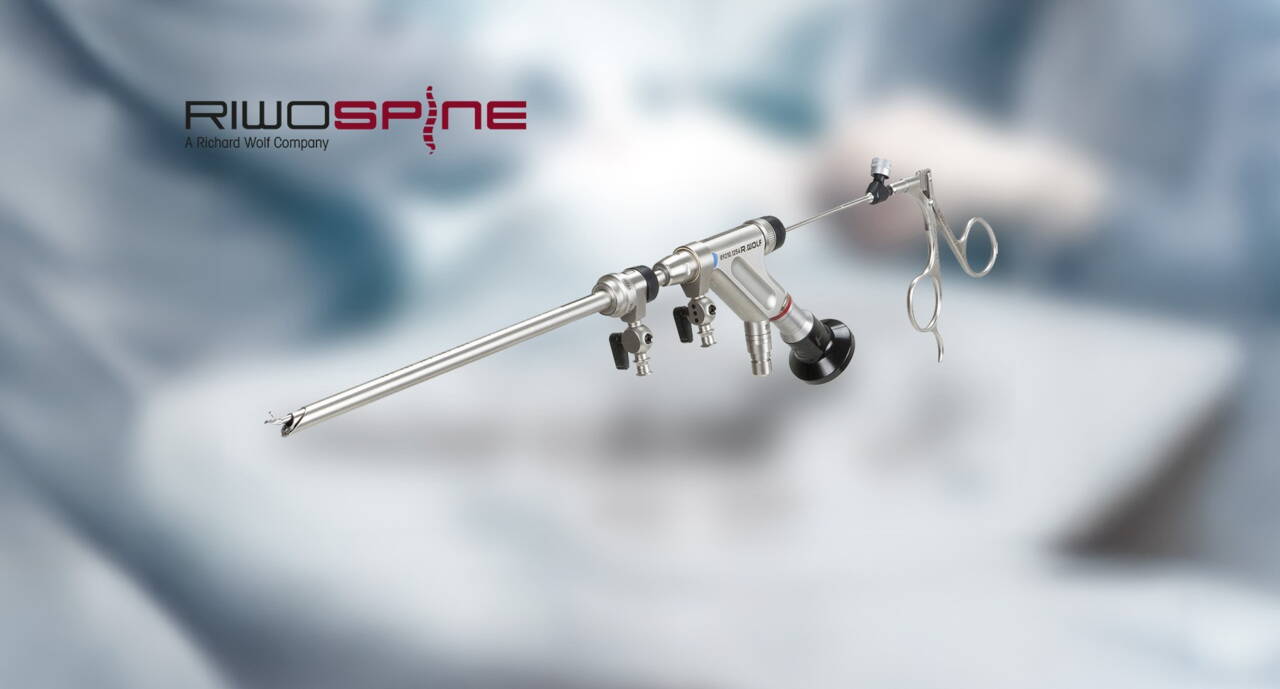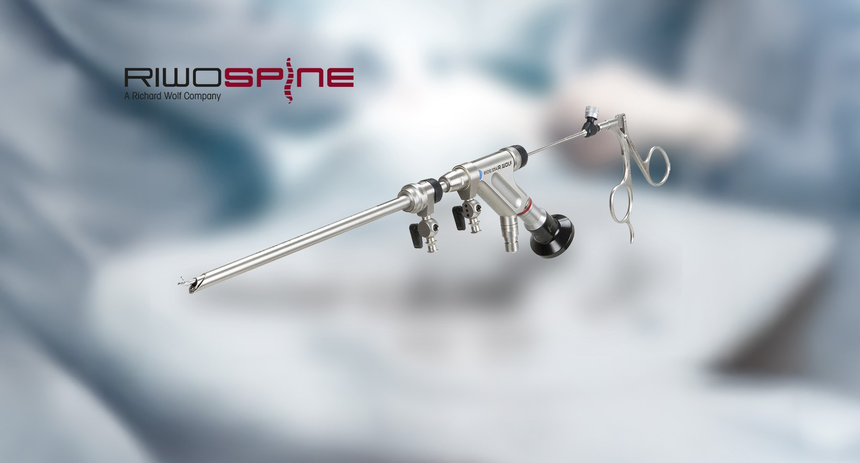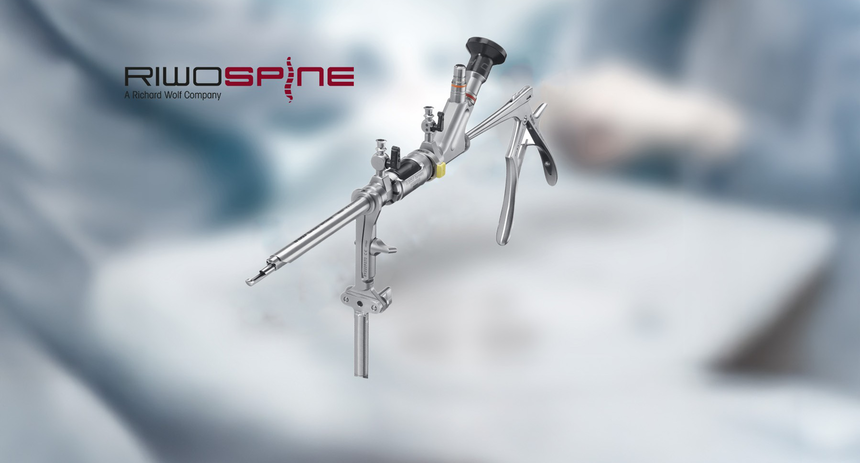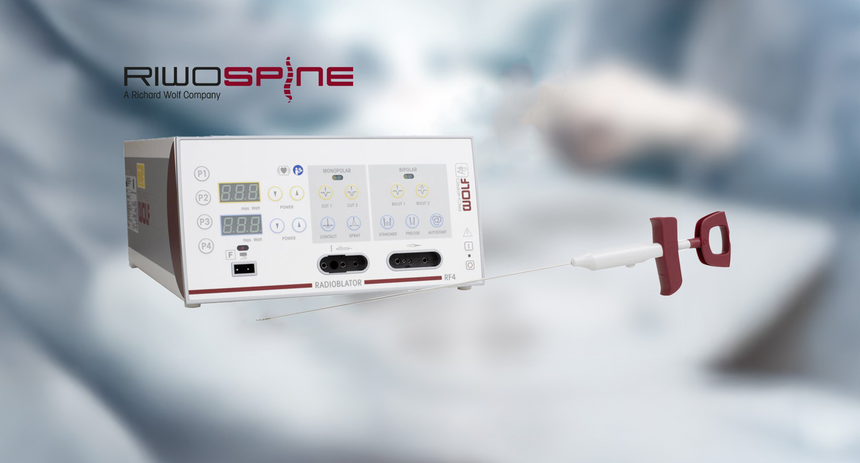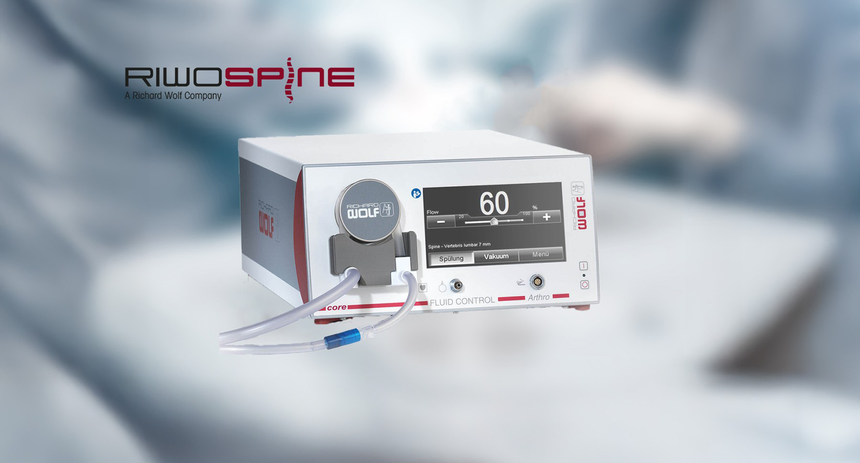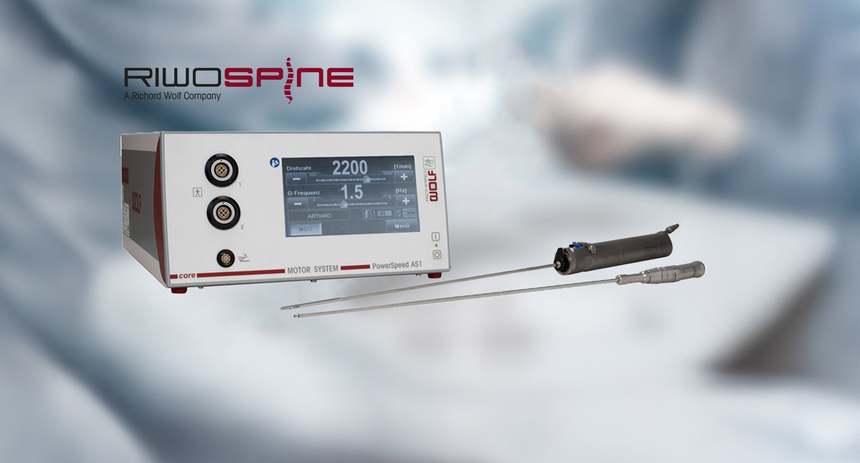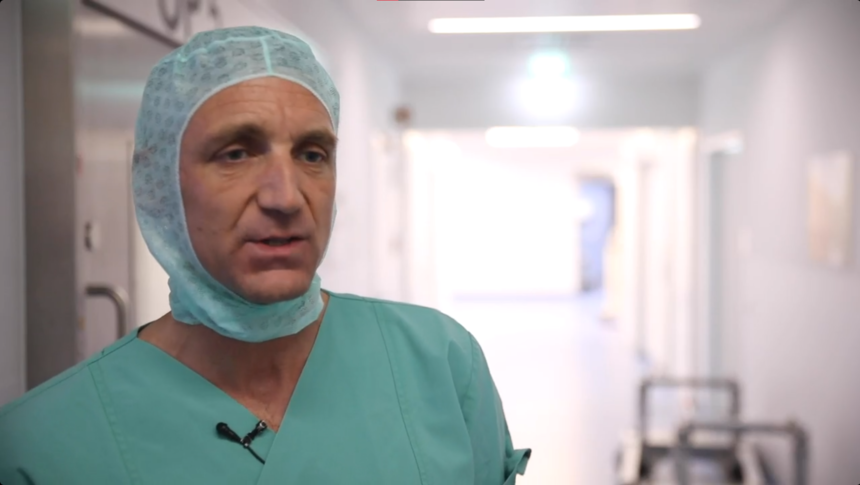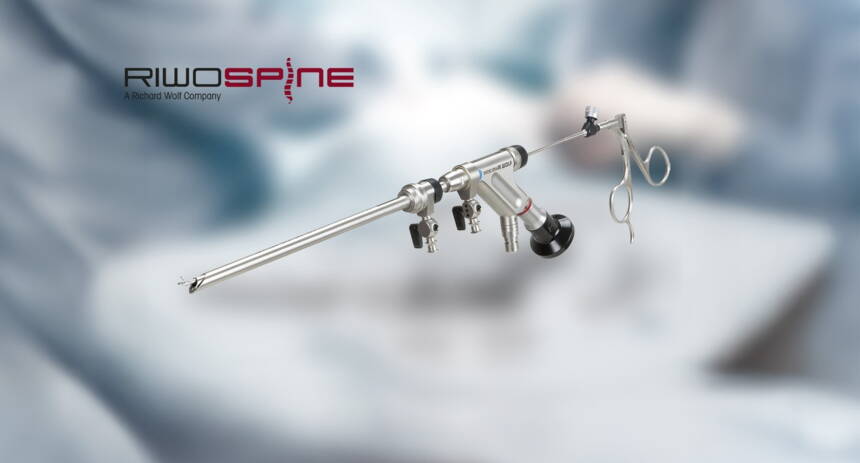monoportal endoscopic spinal surgery
Back pain is one of the most common reasons for visits to the doctor and hospitalisation. The causes of these complaints can be very diverse, as the human body has a very complex structure and many components such as muscles, vertebral joints, intervertebral discs, nerves, tumours and fractures can contribute to the development of back pain.
Before any treatment is carried out, the causes must therefore be thoroughly examined and localised. Once this has been done, various therapeutic and surgical measures are often available.
Exhausting all conservative treatment methods in the treatment of herniated discs and stenosis is of the utmost importance. If surgery is still necessary, it is advisable to opt for minimally invasive surgery. In the field of lumbar spinal surgery, this is fully endoscopic spinal surgery.
PD Dr. Jean-Yves Fournier Endoscopic Spine Surgery
Prof Dr Christoph Albers Endoscopic Spine Surgery
Nexon Medical has developed a training programme with various experts in this field, which enables surgeons to achieve a much shorter learning curve. This is supported by repeated training on simulation models and the application of various adult-learning principles.
What is the clinical problem?
Herniated discs and spinal canal stenosis occur frequently in patients. Until now, these indications were treated microscopically. With endoscopy, the incision and the resulting scar tissue can be minimised. The sequestra of herniated discs can be located medially and laterally, for which different approaches are used. The gentle surgical technique can increase patient satisfaction.
How does the Vertebris endoscopy system work?
The transforaminal and extraforaminal approaches are made through the intervertebral foramen. A spinal cannula is used to determine the correct position under X-ray control. The working cannula is inserted and placed using a dilator. The operation is performed through the endoscope and constant irrigation.
If the sequestrum is located more medially, an interlaminar technique is often used. In this case, access is made via the posterior interlaminar window. The dilator is placed on the ligamentum flavum and the working cannula is inserted. All access and working instruments are designed in such a way that nerve tissue is minimally traumatised.
What are the advantages of the RIWO endoscopy system?
The ‘Vertebris’ endoscopy system from RIWOspine was developed to enable full-endoscopic decompression of the spine. Typical indications for the full-endoscopic surgical technique include herniated discs, spinal cysts and spinal canal stenosis.
The system offers the following advantages:
With the customised lengths of the optics, the most minimally invasive approach can be selected depending on the pathology. As the system is universal, all approaches can be guaranteed with minimum set-up effort.
Wide indication coverage
4MHz radio frequency system for increased safety during coagulation
Fluid management with spine mode to avoid epidural overpressure
Oval shaft shape of the endoscopes to ensure continuous water outflow
Specialised instruments for bone resection

